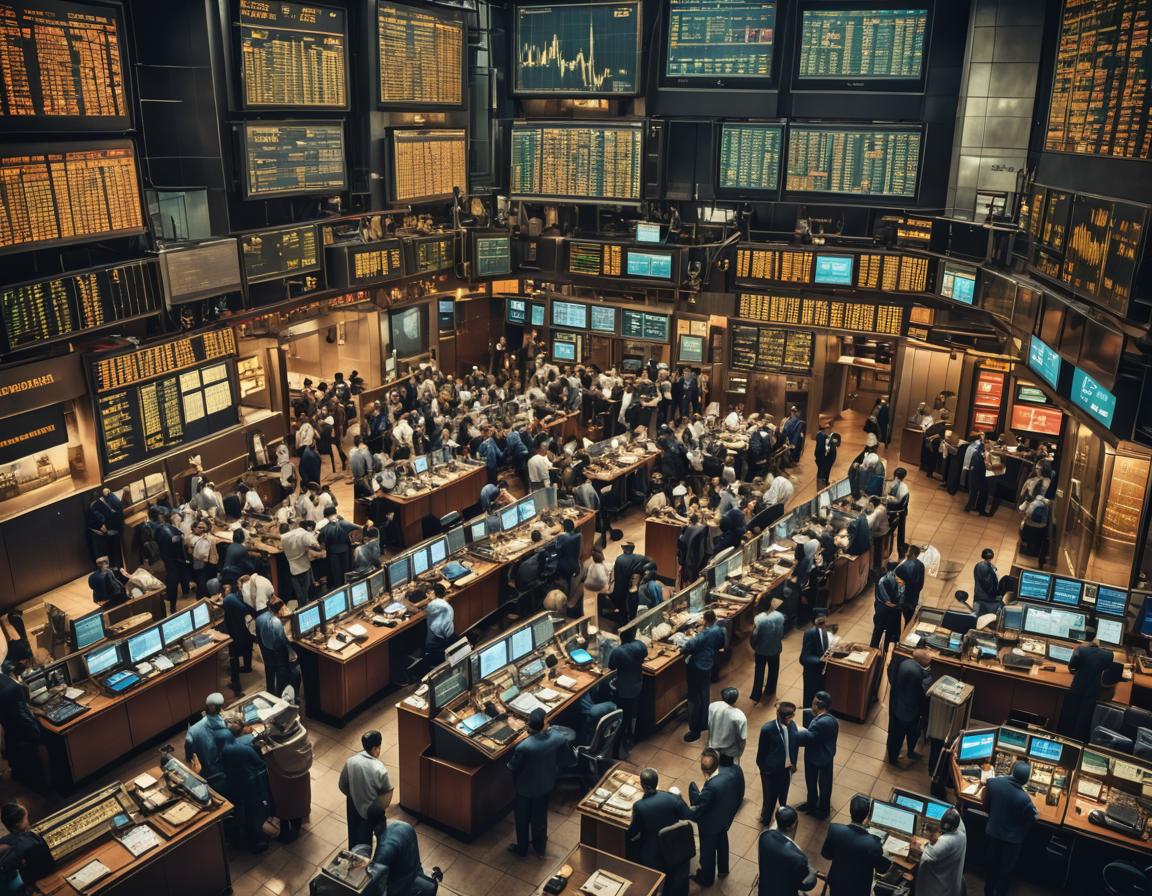
Introduction
In a scenario where the stock market is impacted by a geopolitical conflict, leading to a decrease in yields, safe-haven assets offer a reliable means to safeguard investments. Geopolitical crises have historically had repercussions on stock markets, prompting investors to seek methods to mitigate the risk of a potential price crisis. Safe-haven assets become a valuable refuge during such turbulent times, providing a stable store of value and a hedge against market volatility. This is not an isolated occurrence; geopolitical crises have recurrently influenced financial markets, underscoring the importance of prudent investment strategies and the role of safe-haven assets in a well-balanced portfolio.
What are safe haven assets?
Safe-haven assets serve as a crucial component in investors’ risk mitigation strategies when confronted with market instability. These financial instruments are specifically chosen for their ability to maintain or potentially appreciate in value during economic downturns and uncertain times.
The primary characteristics that define a safe-haven asset include:
- Liquidity: Safe-haven assets are highly liquid, meaning they can be quickly and easily converted into cash without significant loss of value. Liquidity is a key attribute because it ensures that investors can readily access their funds when needed.
- Functionality: Safe-haven assets typically fulfill a fundamental and enduring role in the economy. This is essential for generating consistent, long-term demand for the asset. For instance, gold has both practical and historical uses, contributing to its functionality as a safe haven.
- Permanence: Safe-haven assets are expected to maintain their value over time, even in the face of economic challenges. They should not significantly deteriorate or depreciate, providing stability and reliability as stores of value.
These characteristics collectively make haven assets a preferred choice for investors looking to safeguard their investments and reduce risk during periods of economic turmoil or market instability.
Types of safe haven asset
Financial instruments of this nature can be associated with a variety of assets.
Firstly, and foremost, are tangible assets with inherent value. Gold takes the lead in this category, followed by other materials such as platinum or palladium. Secondly, government bonds are valuable assets for preserving and potentially increasing value over time. This refers to bonds issued by well-established countries with a high level of reliability, such as Germany or the USA. Among these, the most widely recognized are U.S. Treasury bonds.
Moreover, currencies like US dollar, Swiss Franc and Japanese Yen, can be considered a safe asset:
- CHF: due to the stability of the Swiss government and its financial system, the Swiss Franc (CHF) typically performs strongly when other economies face difficulties. Switzerland is also seen as relatively isolated from the global system because of its historically neutral position in geopolitical matters. This reputation contributes to the Swiss Franc’s standing as a reliable currency during times of crisis
- US Dollar: The U.S. dollar is commonly regarded as the default safe-haven currency. This status is primarily attributed to its role as the world’s reserve currency and the fact that a significant portion of international transactions is conducted in USD.
- Japanese Yen: The Japanese Yen has solidified its status as a safe-haven currency because it tends to appreciate when there is volatility in U.S. stocks and bonds; this is largely a result of the fact that the value of foreign assets held by Japanese investors exceeds the value of Japanese assets held by foreign investors.
Another kind of safe haven assets is represented by defensive stocks: these stocks represent shares of companies within markets where essential goods are always in demand (with an inelastic demand), such as the food and beverage industry, healthcare, and more. These types of goods are sought after even during times of crisis, ensuring a steady income for the companies involved.

Gold: the eternal asset
Among various safe haven assets, gold stands out as the primary choice for investors seeking to preserve and safeguard their investment. Several key factors contribute to gold’s ability to attract significant investments:
- Universal recognition: gold enjoys universal recognition as a reliable store of value, facilitating ease of conversion for investors
- Steady Demand: gold maintains consistent demand, serving purposes in both jewelry and industrial applications while remaining a south-after investment, which contributes to its enduring value
- Protection against inflation: gold as a historical track record of serving as a hedge against inflation. When the value of currencies declines due to inflation, gold often sees an increase in value
- Resilience in times of crisis: gold tends to strengthen during periods of political or financial turmoil. Investors frequently turn to gold as a safe haven when confronted with uncertainty or instability in other investment options, owing to its negative correlation with stock assets.
These characteristics make gold an appealing choice for investors seeking portfolio diversification and safeguarding. Notably, as a result of these qualities, it’s worth mentioning that in the last ten years, the role of gold as a reserve asset has increased steadily, particularly in response to the global financial crisis. Gold has historically played a significant role when major conflicts appear imminent. This historical role is a testament to its enduring value as a safe haven.
For instance, gold played a crucial role as a safe asset immediately following the outbreak of the Ukraine-Russian conflict on February 22nd. In response, investors turned to precious metals as a means of wealth preservation and a hedge against market turmoil. The price of gold began to rise, quickly surpassing $2,000 per ounce within two weeks, eventually stabilizing at $1,995 per ounce.
A similar situation unfolded after the Hamas attack on Israel, which occurred on October 7th. Subsequently, a general decline in confidence in the stock market prompted investors to pivot towards gold as their primary investment choice, as illustrated in the graphic below.

The most actively traded gold futures contract railled 1.1% to nearly 1,866$ a troy ounce in Monday morning trading (9th october) (The Wall Street Journal). Remarkably, in just under a month, the value of gold has appreciated by over 5%, underscoring its reputation as a safe-haven asset during times of geopolitical instability.
In comparison to other safe-haven assets, like iShares’ 20+ Year Treasury Bond ETF, and the US Dollar index, gold has experienced a rise in value of more than 1% in a single day, yet it still lags behind the value of U.S. bonds, which have seen a larger increase of 2 percentage points in two days; but, as shown in the chart below, gold has proven to be the primary safe-haven asset.
Conclusion
In conclusion, safe-haven assets play a crucial role in the world of investment, especially during times of geopolitical conflict and market instability. These assets, such as gold, government bonds, and select currencies, are sought after for their ability to retain or increase in value when economic conditions become uncertain. Among these, gold stands out as a perennial favorite. Its universal recognition, steady demand, role as a hedge against inflation, and resilience during crises make it an appealing option for portfolio diversification and protection. Recent events, such as the Hamas attack on Israel, demonstrate how gold’s value can surge when geopolitical instability occurs. As a result, safe-haven assets like gold continue to be a reliable refuge for investors seeking to navigate turbulent financial waters.
Join ThePlatform to have full access to all analysis and content: https://www.theplatform.finance/registration/
Disclaimer: https://www.theplatform.finance/website-disclaimer/



